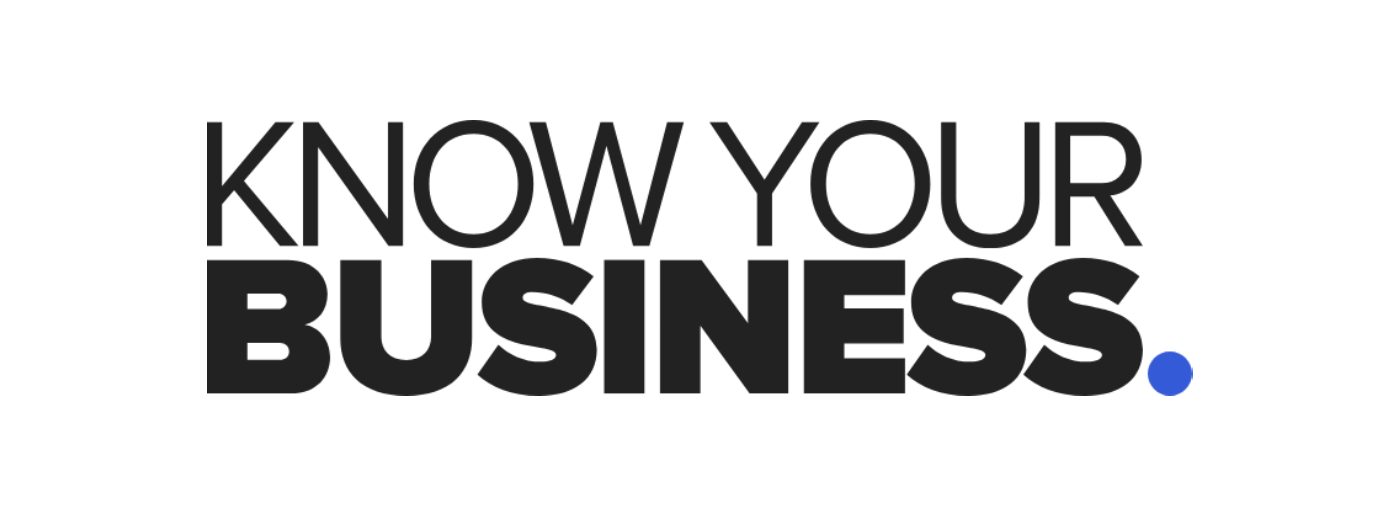Business LOANS
Need funding to grow, hire, or just keep things moving? We help you break down your options from traditional loans to short term finance with straightforward transparent information and product insights to help you borrow wisely and confidently.
Compare Business Loans
What is a Business Loan?
A business loan is simply money that’s borrowed specifically for your business rather than for you personally. Business loans come in different structures, but they generally fall into two main categories:
- Secured loans – These require collateral or assets such as property or equipment, or other business assets. The asset is the security for the lender if the terms of the loan are not met.
- Unsecured loans – These loans do not require collateral, but sometimes require an additional form of personal guarantee.
UK business loan key features:
- Loan amounts – There is a very broad range in business loans from small amounts to several millions and depends on your business needs and eligibility..
- Repayment terms – From as short as a month or stretching out to over many years, the variation is based on the type and lender of the loan chosen.
- Interest rates & fees – You might get a fixed rate throughout the term of the loan, or variable one which changes with market conditions and lenders discretion. Fees are common in the business loans market and will be based on the type of loan.
- Versatility – You’ll find business loans available for all types of business needs working in different ways to provide the financial boost you are looking for.
- Types available – There’s quite a variety, including bridging loans, invoice finance, revolving credit facilities, start-up loans, and merchant cash advances.
What can I use a business loan for?
Business loans are remarkably flexible. You can put them to work across virtually every corner of your business operations, from buying essential equipment to fuelling ambitious growth plans.
Here’s what you might use a business loan for:
- Equipment, vehicles & technology – for new machinery, sorting out your outdated IT systems, or replacing or expanding your vehicles.
- Property acquisition – Purchase new premises or expand your existing location to accommodate your growing business.
- Team expansion – Bring fresh talent on board, run training programmes that sharpen your team’s skills, or invest in developing your existing staff.
- Inventory management – Buy stock in larger quantities to snag those supplier discounts or prepare for your busiest trading periods.
- Marketing initiatives – Get your website optimised, launch advertising, or explore new marketing strategies.
- Cash flow solutions – Get through seasonal periods or bridge the gap while waiting for clients to pay their invoices to keep operations moving.
- Debt consolidation – Roll multiple debts into one loan and find a better deal or just to have a more manageable repayment.
- Business acquisition – Buy out competitors, expanding your market presence or customer base.
- Product development – Fund new, or develop, products or services that keep you ahead of competitors.
- Market expansion – Move into new geographical areas or tap into different market segments to build additional revenue streams.
- Working capital – Cover your day to day running costs, especially during growth phases or challenging trading periods.
Choosing the right type of business loan
When you’re weighing up your options, these factors really matter:
- Secured vs unsecured loans – With secured loans you might access loans or amounts you might struggle to obtain via unsecured loan options. Due to the ‘asset’ providing security, rates tend to be lower than unsecured. Unsecured lending requires no asset, but rates tend to be higher and come with a more rigorous application process
- Term length – This really depends on how much and the type of loan. As with any loan, repay over the shortest period comfortably, to avoid overall costs being higher.
- Repayment structure – Nearly all come with monthly repayments, either fixed or variable amounts depending on the interest type chosen. Alternative loans like merchant cash advance repayments work as a % of your daily sales, so matches your income fluctuations
- Interest rate type – Fixed or variable. Fixed provides stability, but usually sits above variable rates in cost. Variable accesses lower rates, but can drop or rise, even rising well above fixed rates. And don’t forget, other costs within your loan will be fees.
- Specialist loan types – Depending on your specific needs, you might benefit from options like invoice financing (borrowing against unpaid invoices), lines of credit (flexible drawdown, to a set limit), or asset financing (like hire purchase or lease hire).
What do I need to apply for a business loan?
Most UK lenders want to see these essentials when you’re after business finance:
- Proof of identity and address – For each director, partner or sole trader. Passport, driving licence and recent utility bills.
- Business account statements – Usually covering the last 3-6 months
- Financial accounts – Such as balance sheets, profit and loss statements and cash flow forecasts.
- Business plan – Particularly if you are a newer businesses
- Tax documents – Your business tax returns, VAT registration details and sometimes your personal tax situation too
- Forecasts – Numbers that show where your business can expect to be over time and support your ability to fund your loan.
- Personal budget – Details of what you earn and spend outside of your business
- Legal business documents – Registration papers, certificates of incorporation, or partnership agreements are common requirements.




